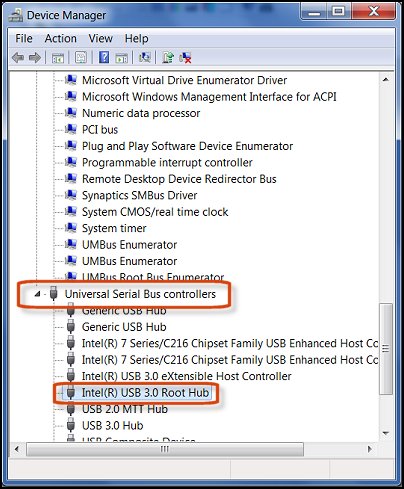
In doings so I appear to have missed one or more devices. USB drives are a Toshiba Canvio Basic A1 2.5" 1TB USB 3.0 External and a SanDisk CZ80 Extreme 64GB USB3.0 Flash DriveĮDIT/SOLVED - My root problem here was driver related I'd tried to manually install Intel USB 3.0 eXtensible Host Controller Drivers for Windows 7 on Server 2008 R2 (since no server drivers are available).


They connect ok but I suspect they're silently falling back to USB 2. If your Mac has an AMD video card and is having graphics issues in Windows, you might need to update your AMD graphics drivers instead.I've purchased several new USB 3 capable drives to use with my new (USB 3 capable) laptop. Your Mac starts up to a black or blue screen after you've installed Windows.You get a message that your PC has a driver or service that isn't ready for this version of Windows.You get an alert that Apple Software Update has stopped working.You have issues with bluetooth or Wi-Fi in Windows.You can't adjust the brightness of your built-in display in Windows.One or more screen resolutions are unavailable for your display in Windows.The built-in microphone or camera of your Mac isn't recognised in Windows.You can't hear audio from the built-in speakers of your Mac in Windows.

Your Apple mouse, trackpad or keyboard isn't working in Windows.įorce Touch isn't designed to work in Windows.If that doesn't happen or you experience any of the following issues while using Windows on your Mac, follow the steps in this article. When you install Microsoft Windows on your Mac, Boot Camp Assistant automatically opens the Boot Camp installer, which installs the latest Windows support software (drivers). Boot Camp requires a Mac with an Intel processor.


 0 kommentar(er)
0 kommentar(er)
